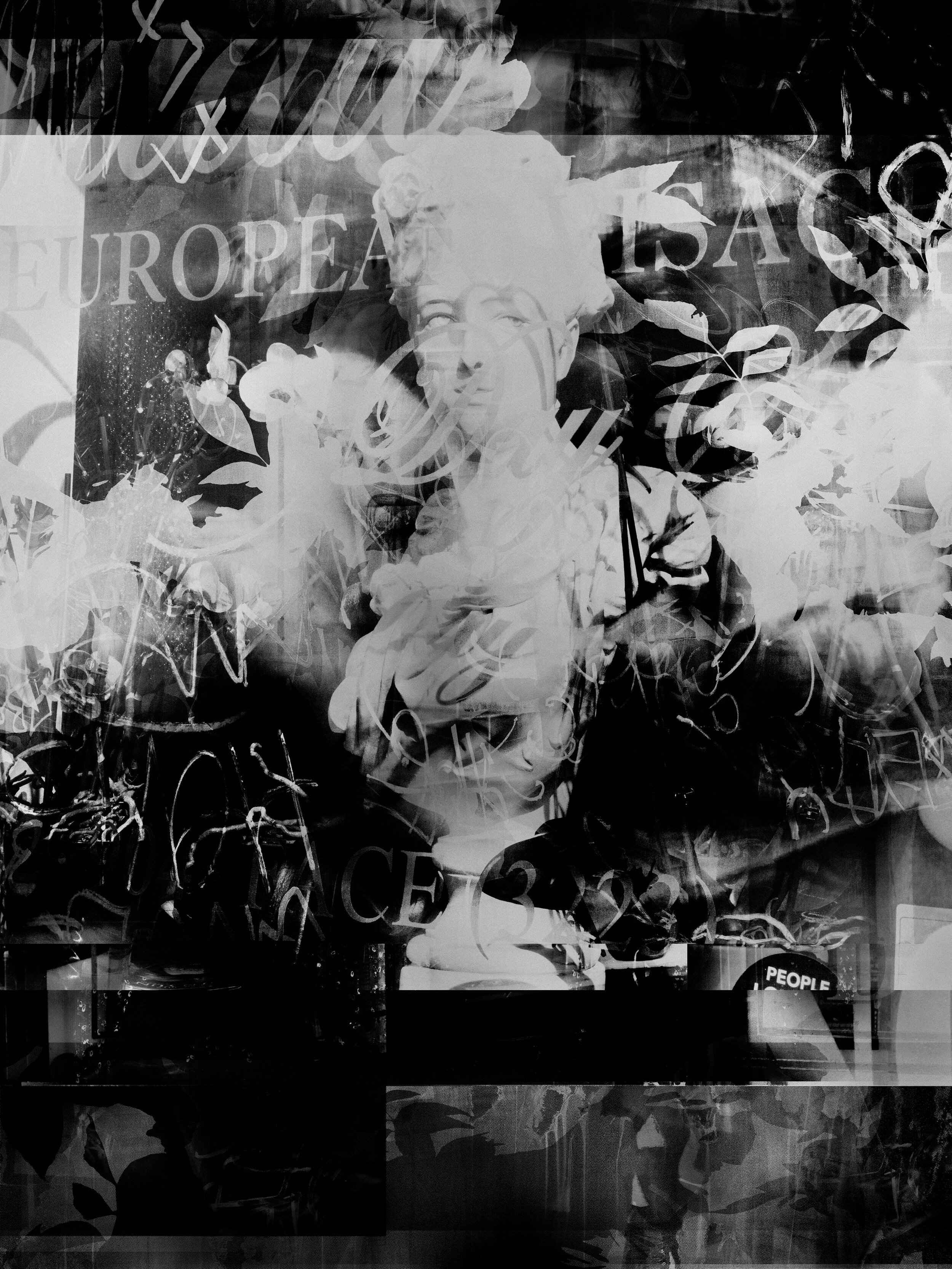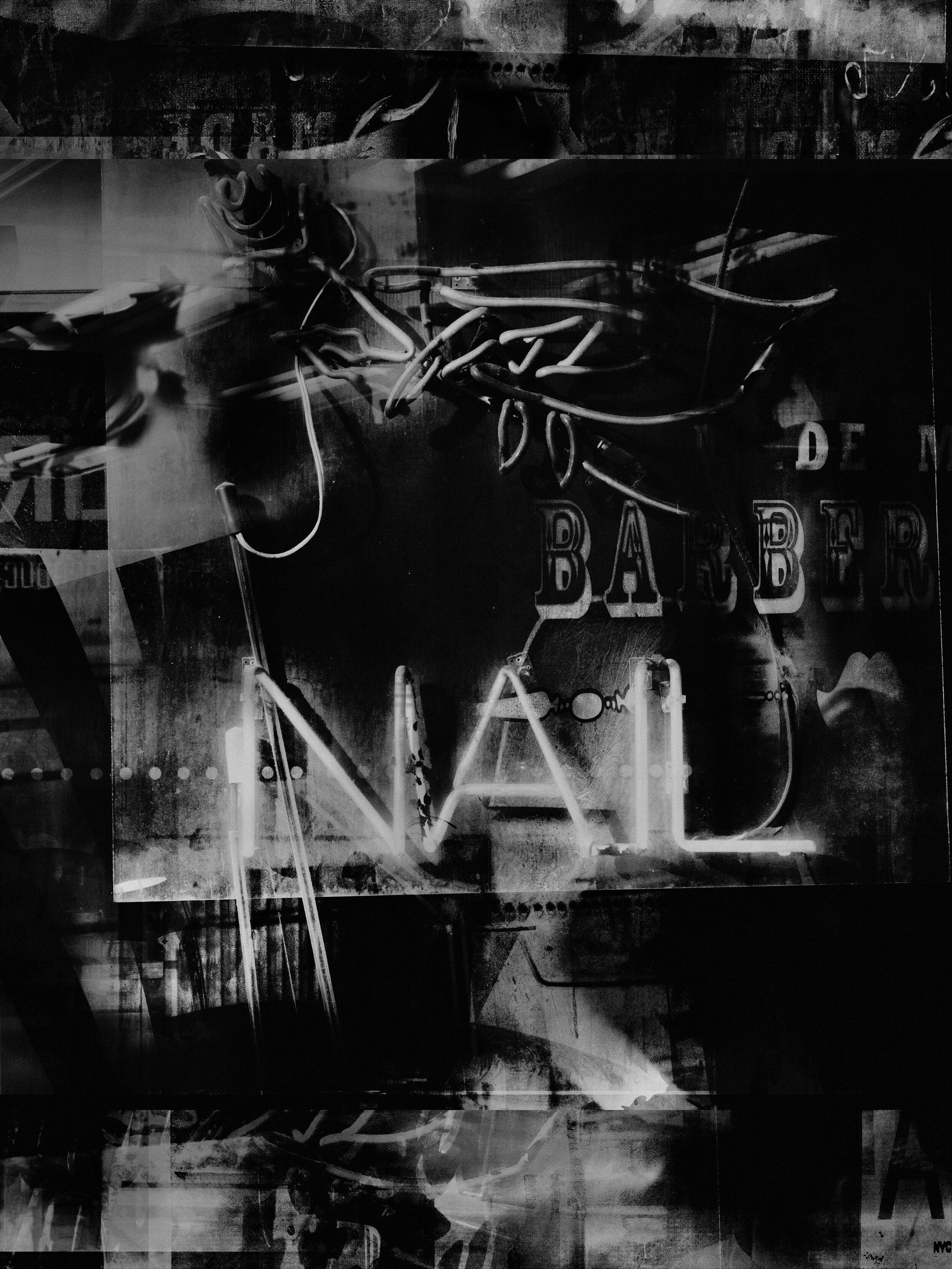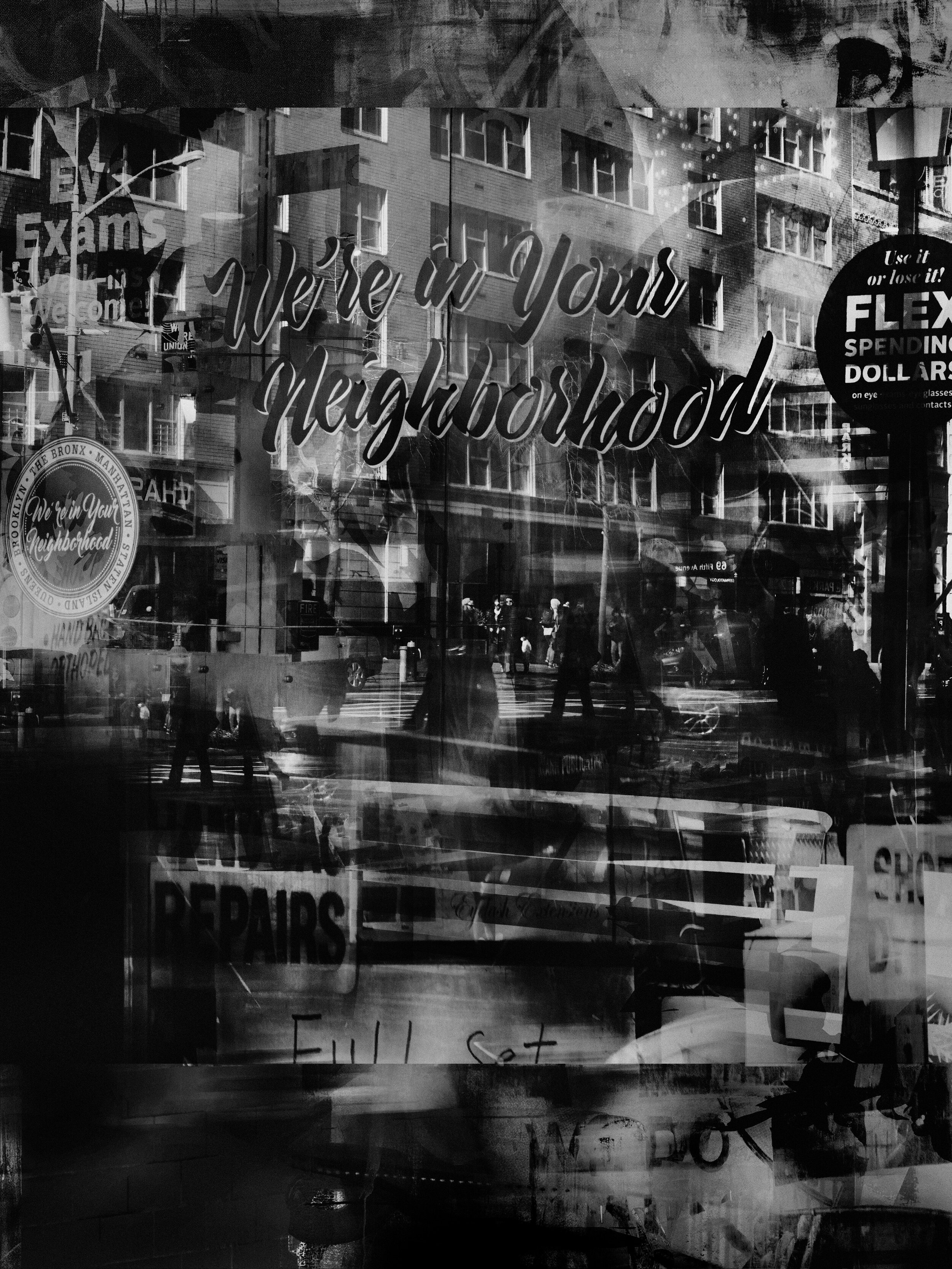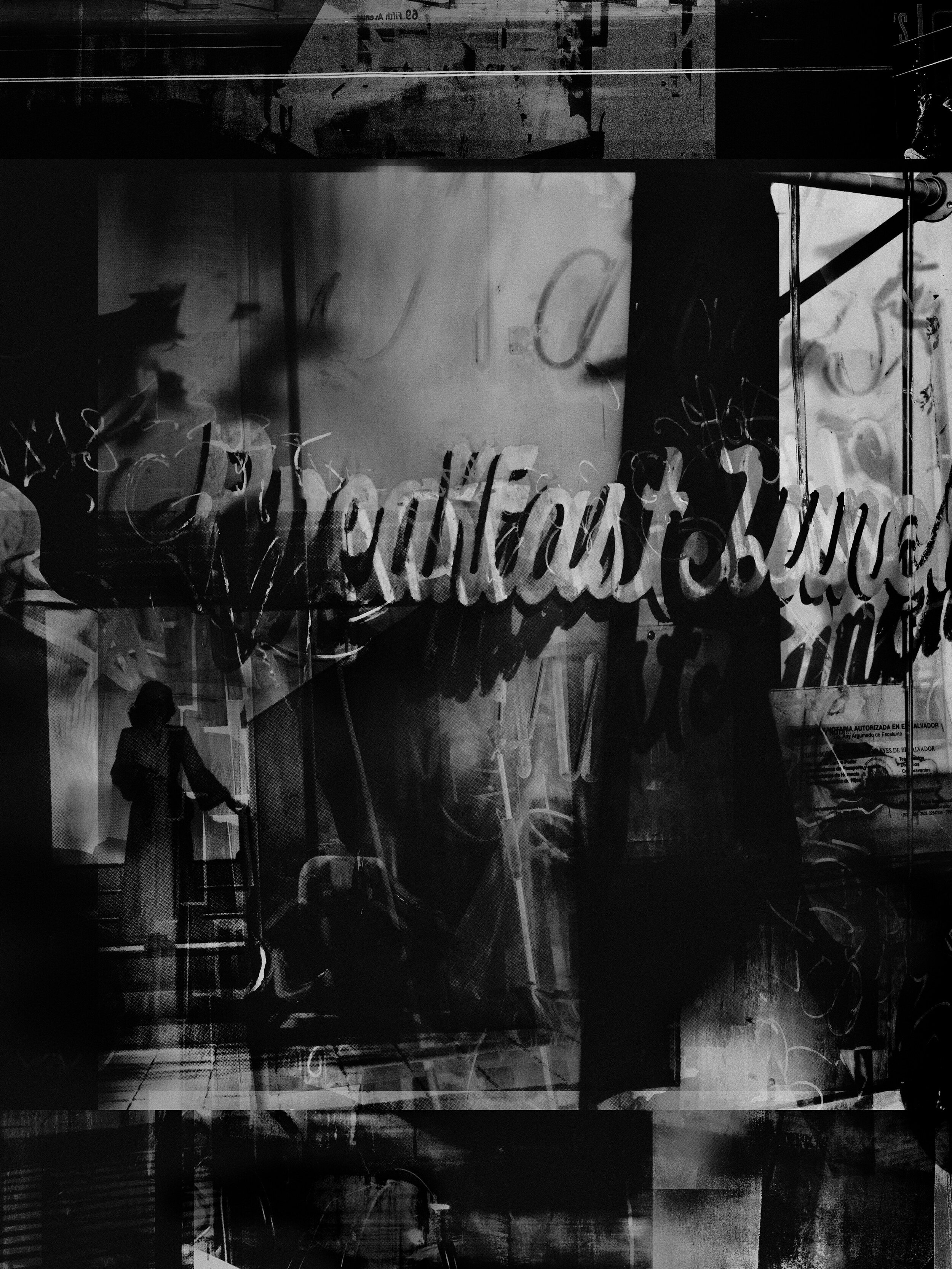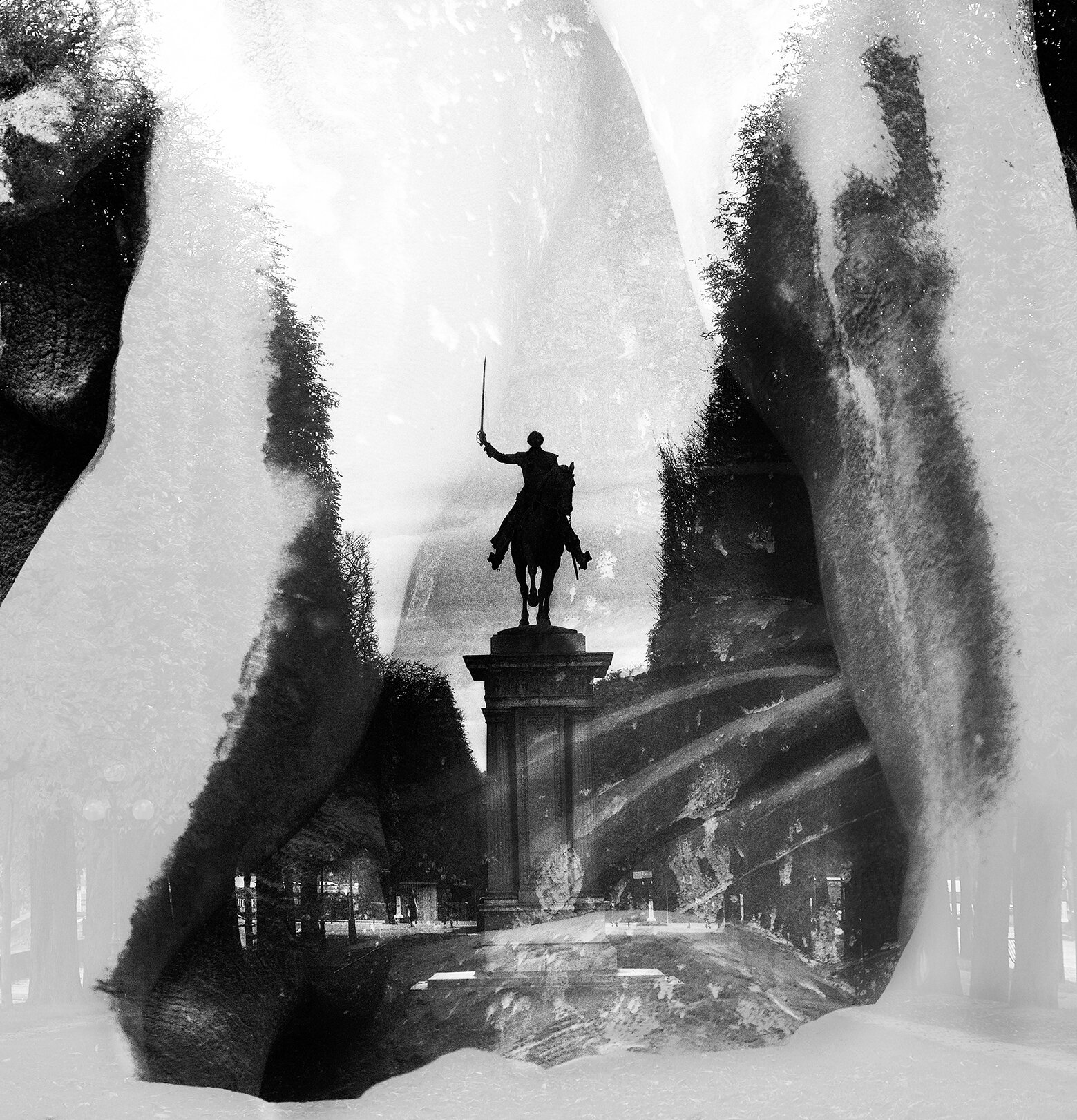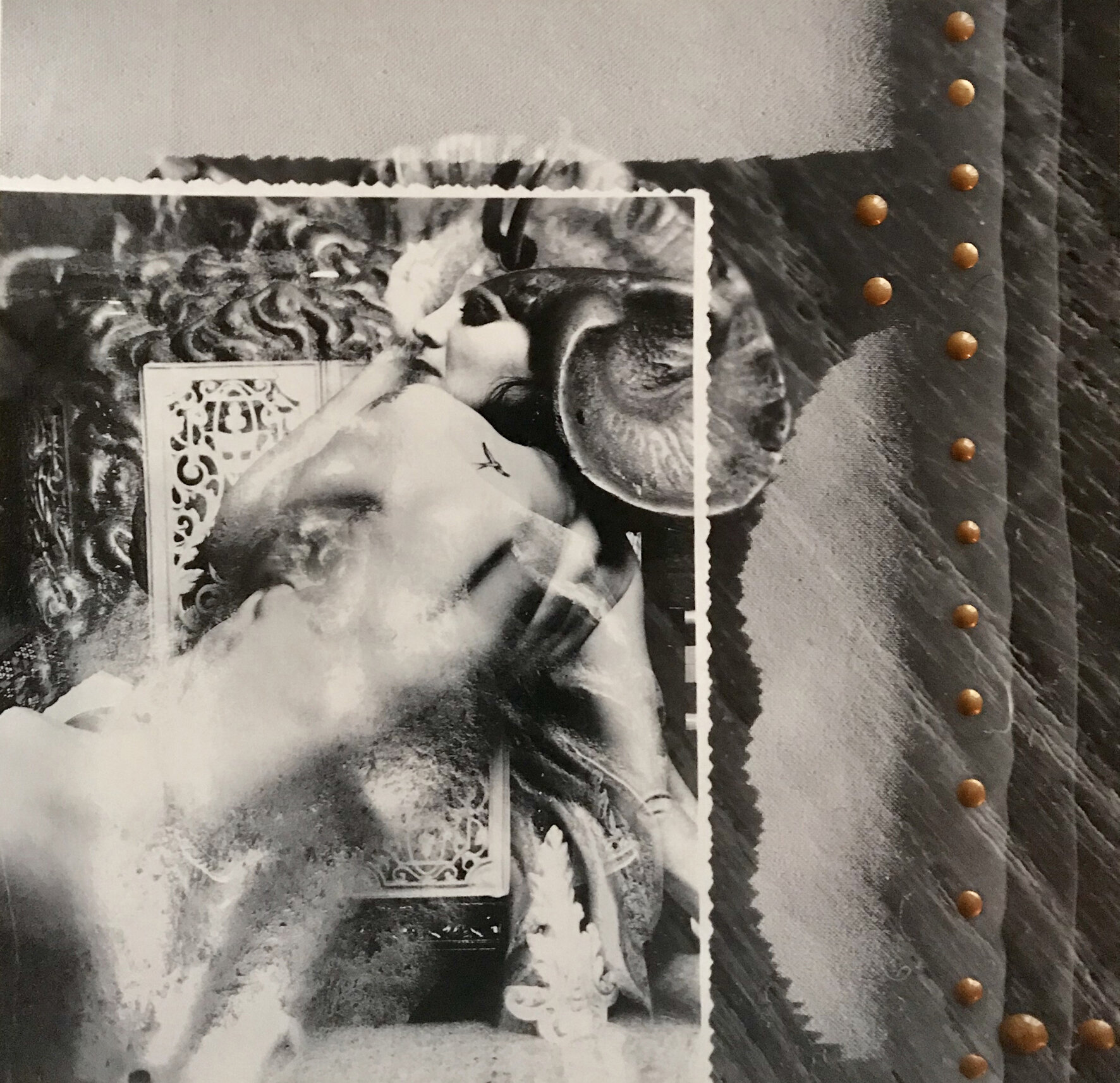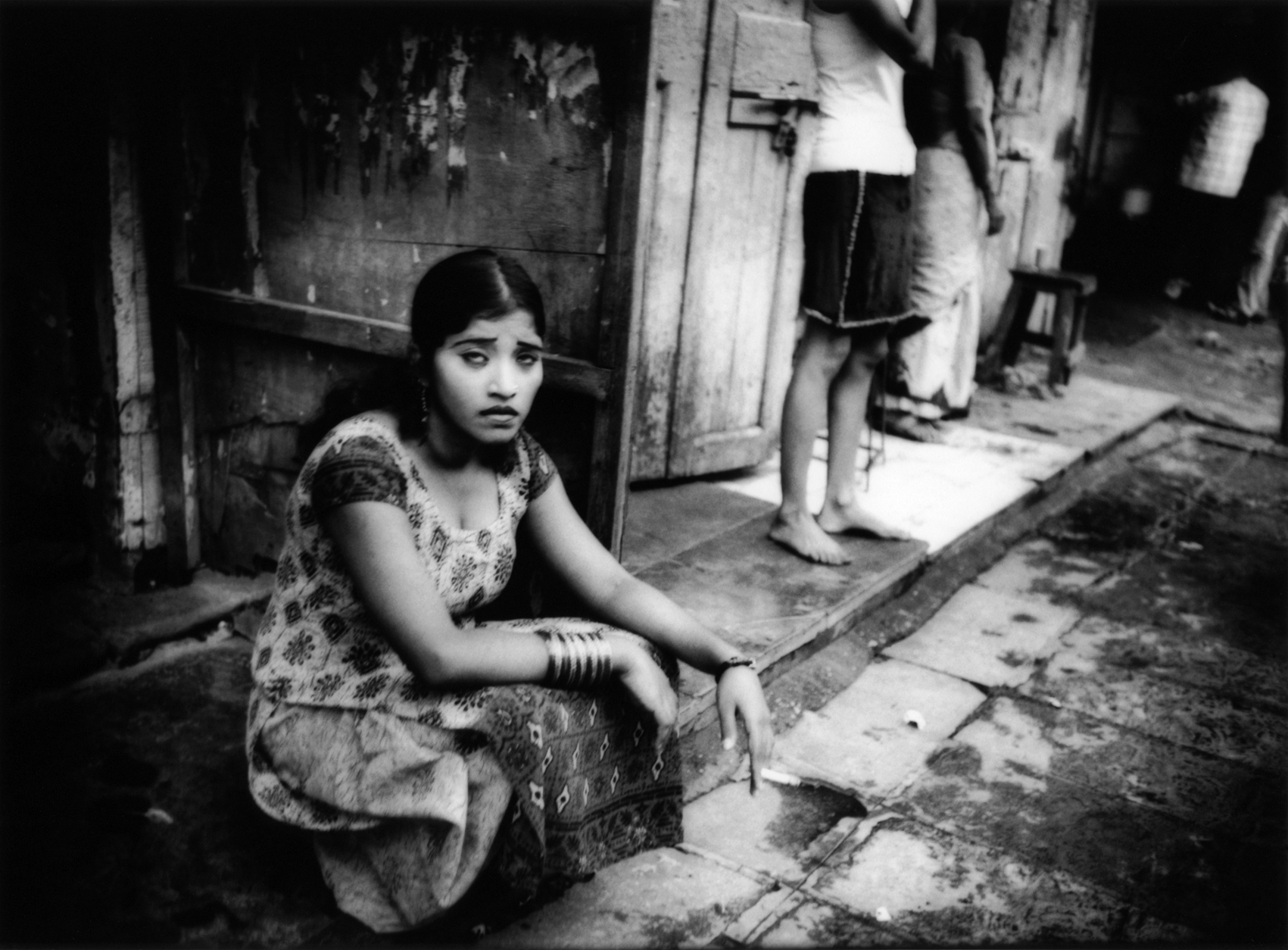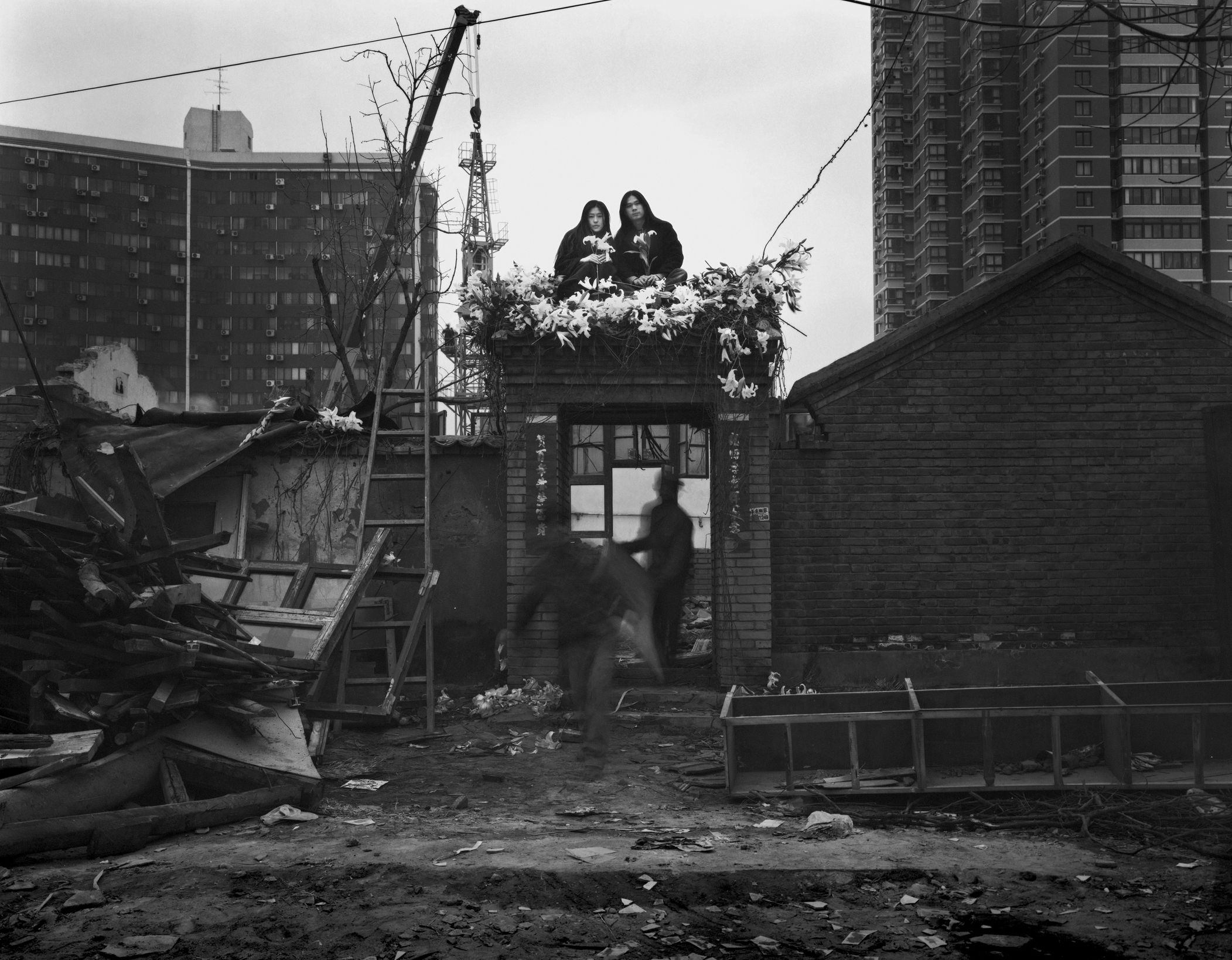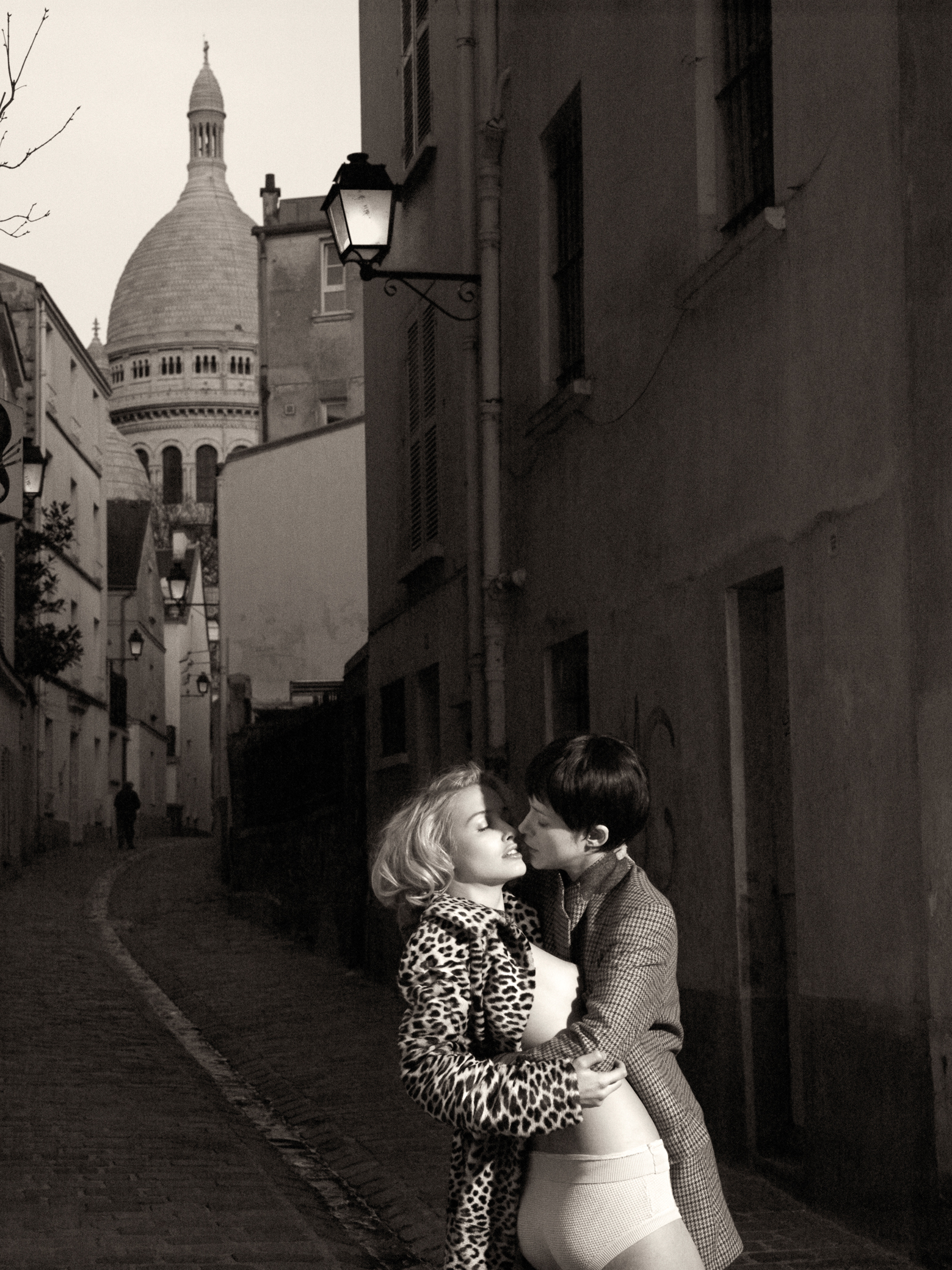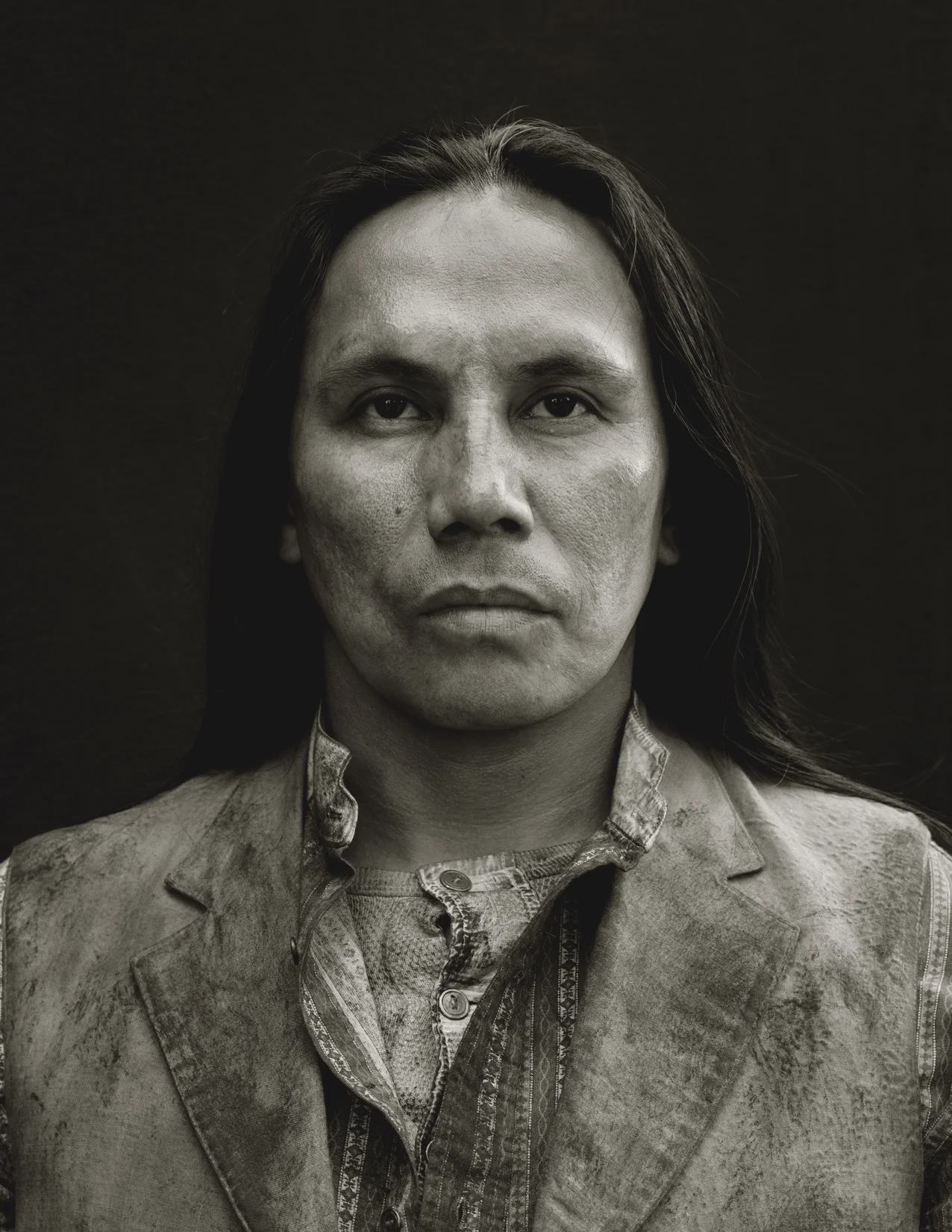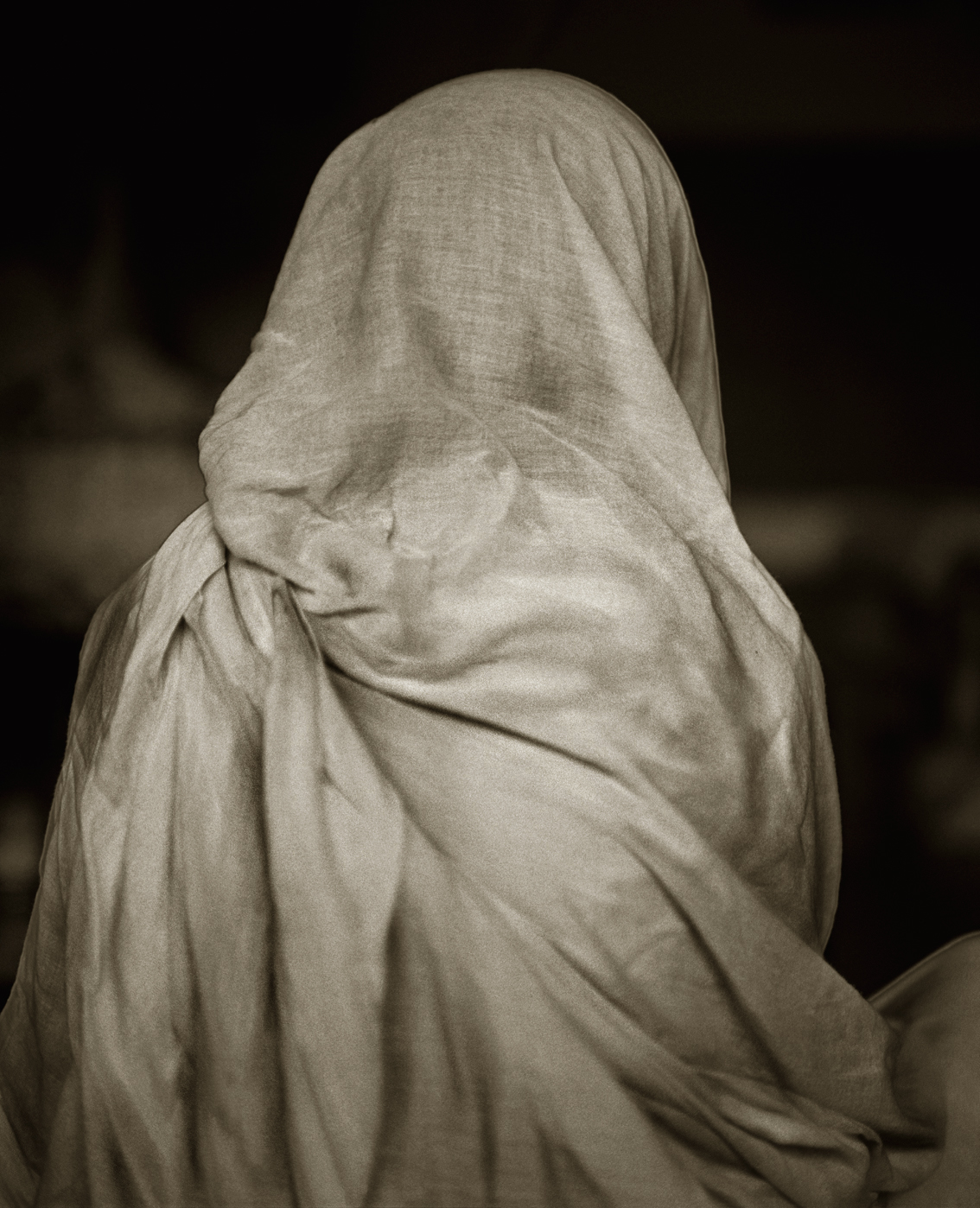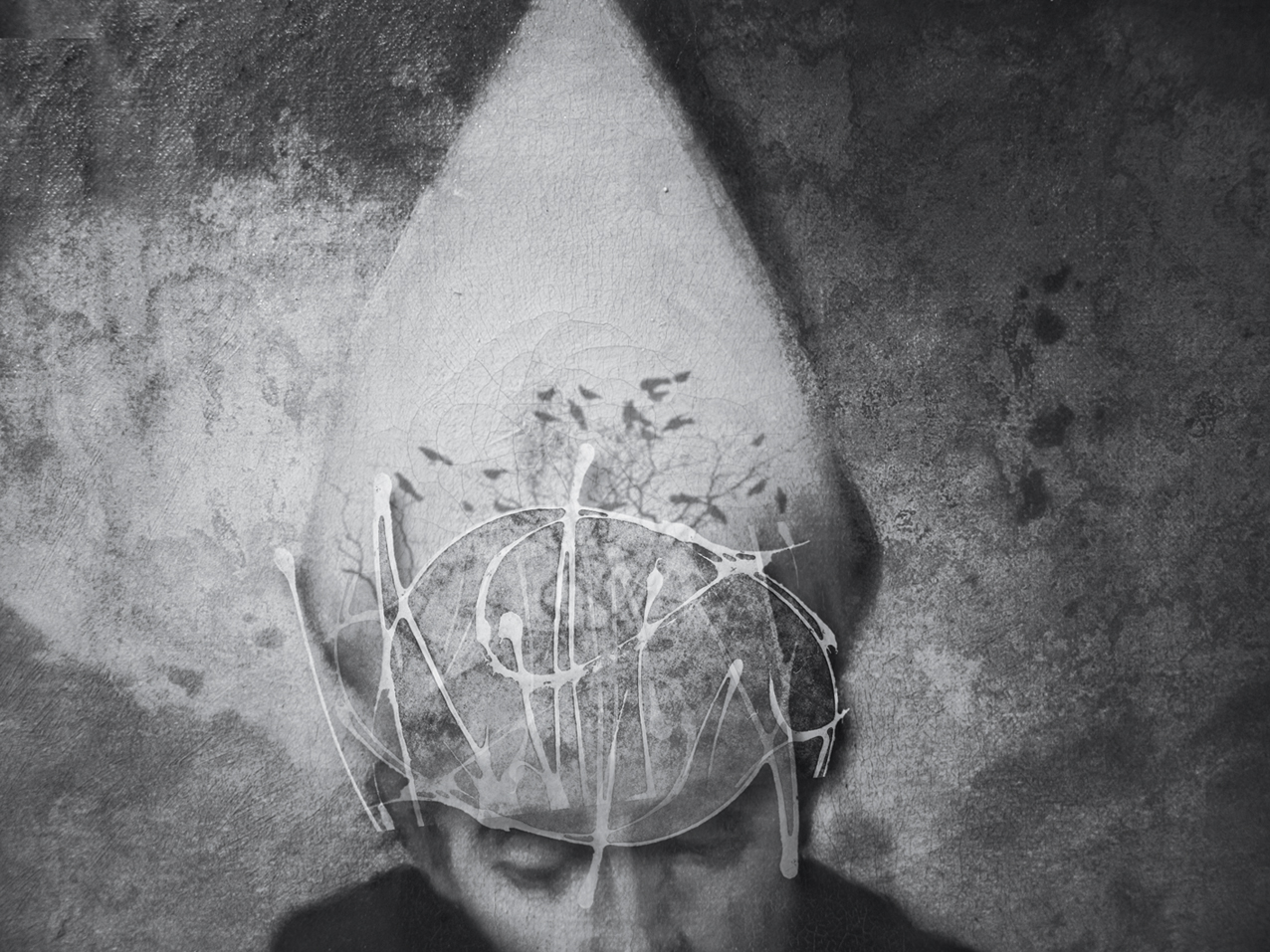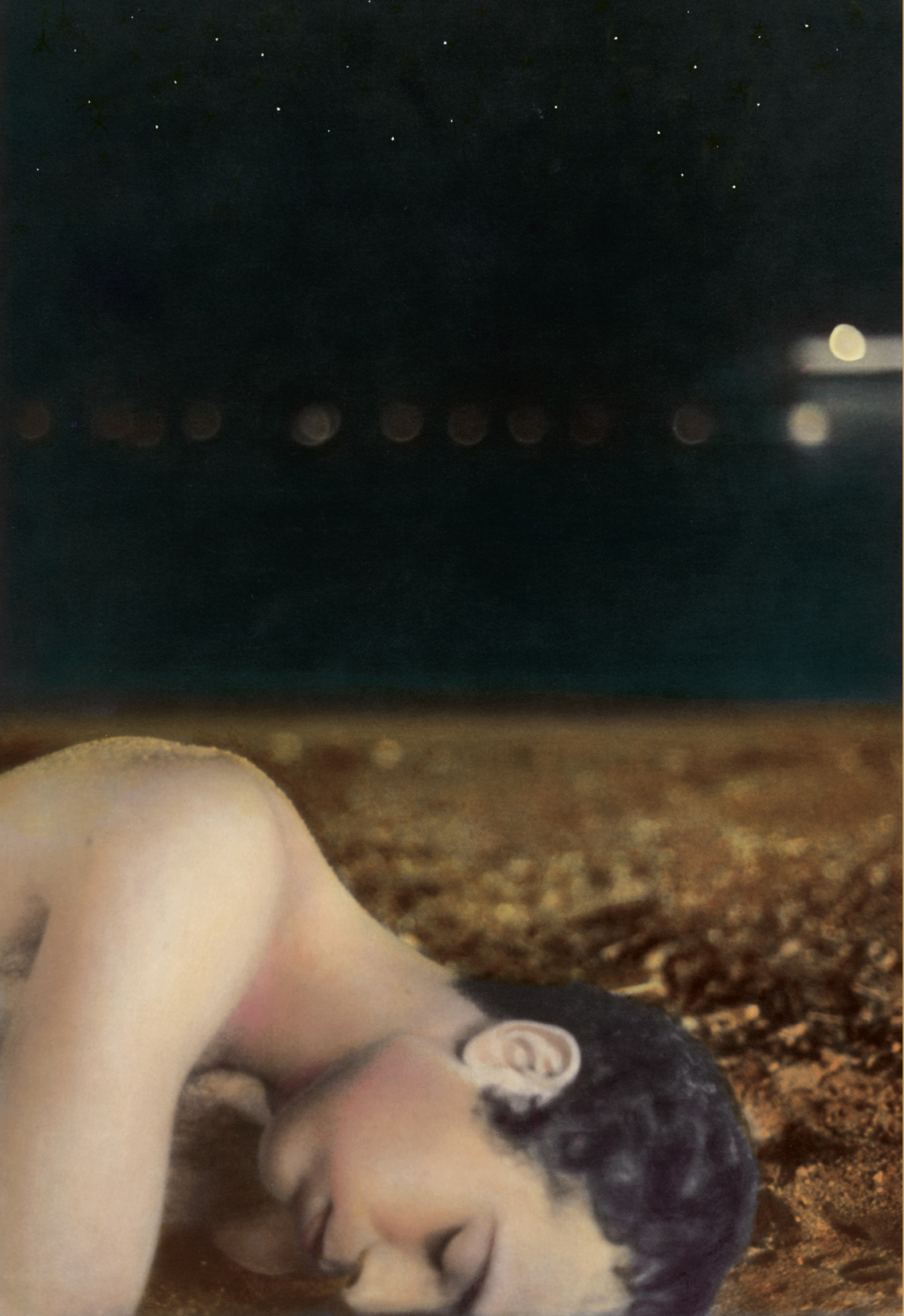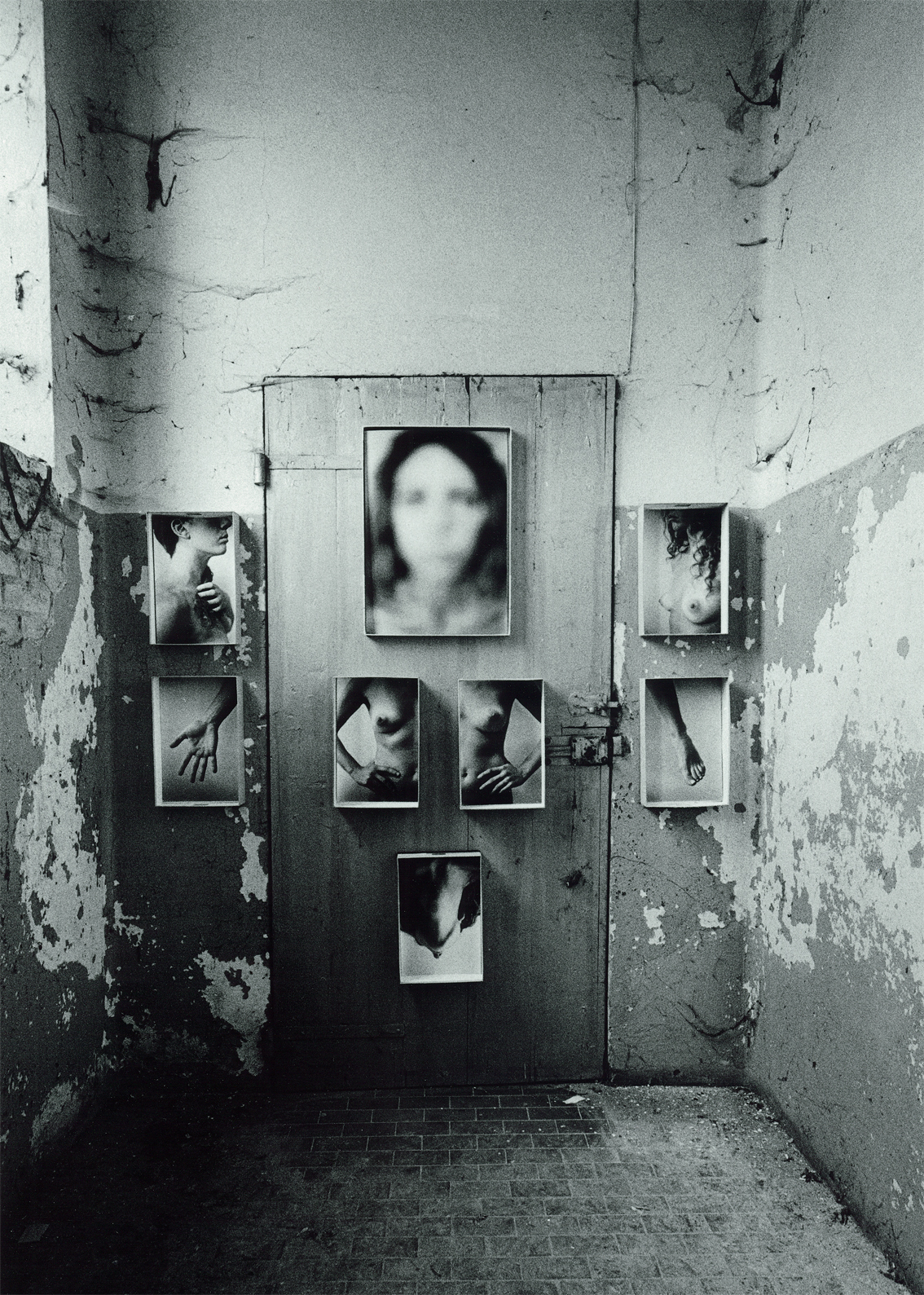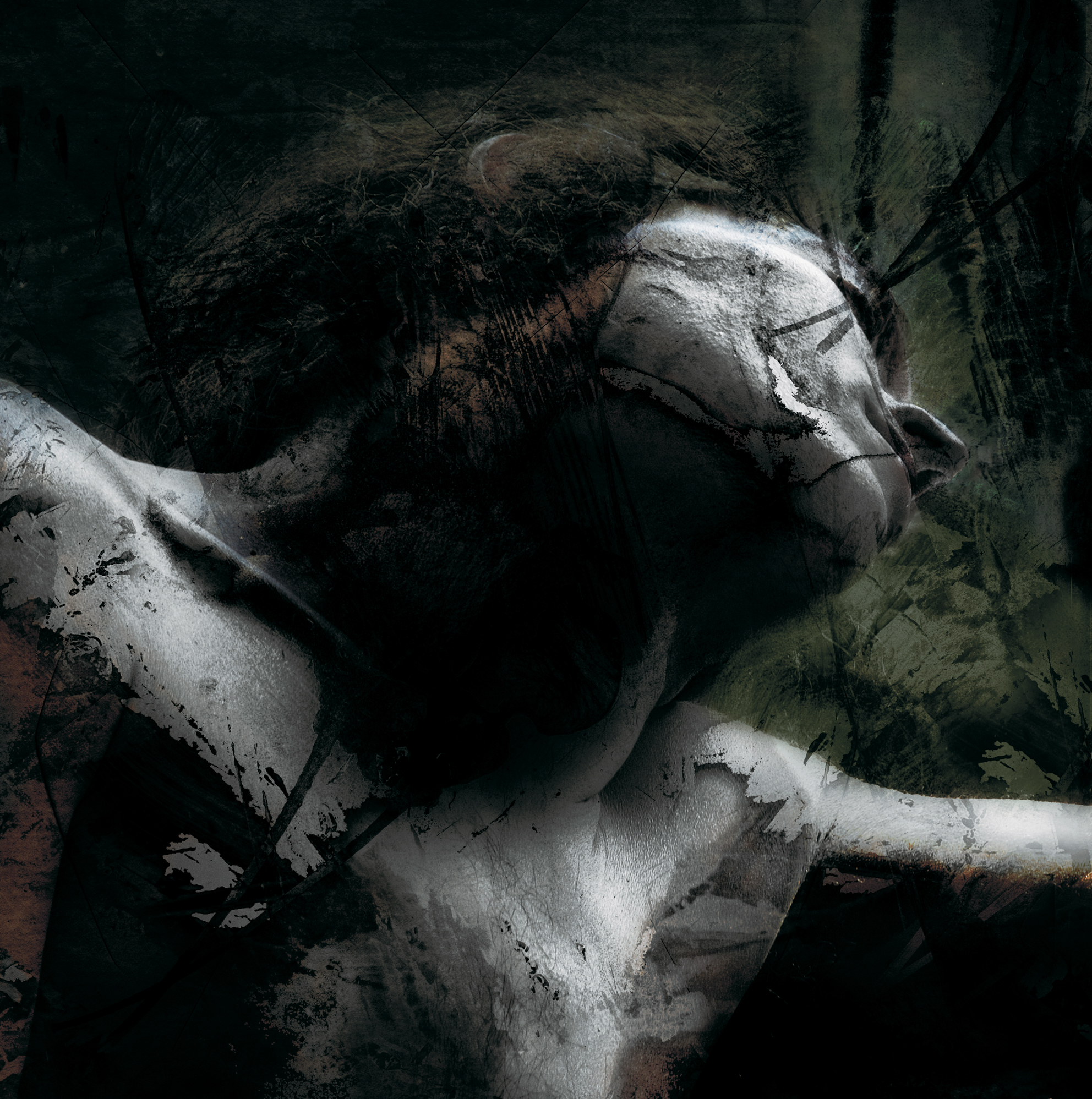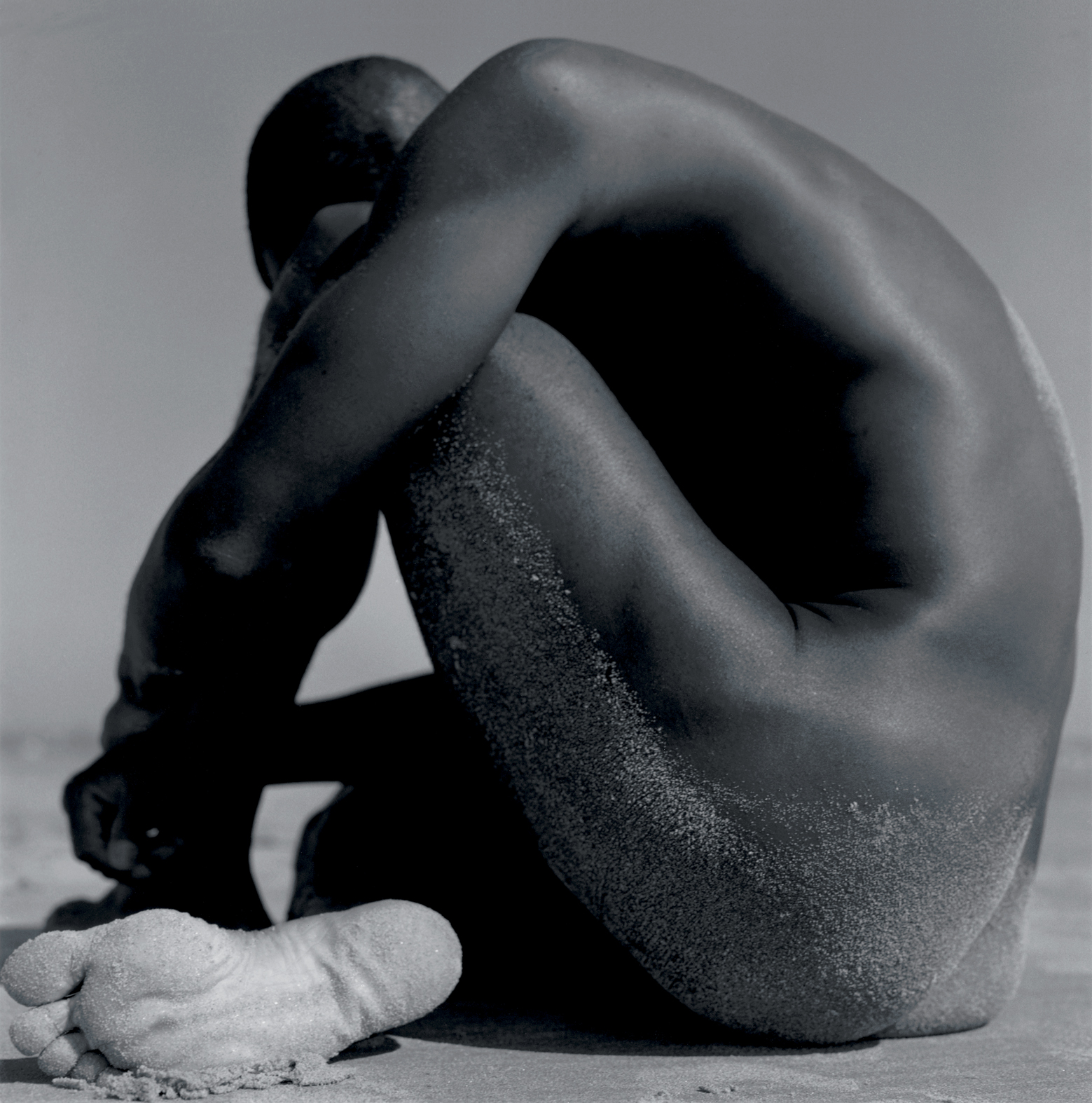As the winter of smog-choked Beijing gave way to verdant spring, the Liulitun courtyard overflowed with life. A family of white cats lazed in latticed sunshine. Goldfish shimmered beneath cool water in an earthenware vessel. Leafy vines snaked across muscular tree branches, casting dappled shadows on the outdoor table where members of the Beijing avant-garde would gather informally, sharing ideas, companionship, food and drink. This is how I remember Liulitun, as one of the last sites of the innocence, vitality and effervescent enthrallment with contemporary art that made Beijing in the 1990s one of the most exhilarating places on earth.
It was spring of 1998 when I first met RongRong and became a frequent visitor at his courtyard. Almost four years had passed since the legendary Beijing East Village artist colony was forcibly dispersed and RongRong made a new home for himself in Liulitun—one of countless Chinese "villages within the city," on the outskirts of Beijing, kilometres to the East of the neon-spangled Sanlitun barstrip. He lived in this spacious, simple dwelling at various times with fellow East Village performance artist/painter Ma Liuming, video artist/photographer Zhao Liang, photographer Huang Lei and others. At the time, they were still sharing dinners and dreams, still struggling to make the rent, and RongRong was continuing the sort of documentary art photography work in their courtyard that initially brought him to fame as the chronicler of the Beijing East Village, but by 1999 their international art careers would take them in separate directions. One by one they would all leave Liulitun, but it was RongRong—and soon a Japanese woman named inri, in whose quiet strength and trenchant vision he would find a creative equal and a life partner—who would cleave to the cradle of their courtyard home until its destruction in 2003.
RongRong was born in Fujian province in 1968. In the late 80s, his first exposure to photography electrified him. For three years, he worked a tedious job in the family factory to save money for a camera, and in 1992, set off for Beijing. In the capital, the cheesy wedding photography that dominated most of the training programs held no interest, and he realised his savings weren't going to last long in the big city. In early 1993, he moved to a cheap, run-down flat in a rural suburb on the East side of town to save money and practice photography on his own. Soon he began running into a group of usual-looking guys, whose long hair and bohemian dress was still such an anomaly in China that he knew these were special people pursuing their ideals instead of following the lifestyle of the dominant society. One of these longhaired guys turned out to be firebrand rocker Zuoxiao Zuzhou, frontman of the avant-garde rock band No!, initiating RongRong's first photographic encounter with the Beijing East Village.
Over the next year, he became an integral member of the experimental artist colony there, participating in their gatherings, debating philosophy, art and life with the likes of artist Ai Weiwei (who frequented the Village), sedulously documenting and making art with his camera out of this bizarre and thrilling new life. His photographs of early performances of Ma Liuming, Zhang Huan, and others, are considered by many the most powerful visual documentations of the era's flowering of performance art, such as the gender boundary-blurring incarnations of Fen-Ma Liuming whose stunning "female" face and "male" body made Ma Liuming an international sensation; Zhang Huan's hardcore 12 Square Meters, in which the artist smeared his naked body with squid ink and honey and sat in the ammonia-pungent, excrement-encrusted public squatter until his skin was crawling with flies, and many more. In the summer of 1994, after the police broke up one such performance happening, arresting several artists for "pornographic" art, and dispersing the artist colony, Rong Rong and several others moved to Liulitun to pursue their experimental visions. Until its demolition in 2003, the courtyard would serve as the site of an informal "art salon" and fluid community for the many who visited and found solidarity there.
Far away, while Rong Rong was hiding from the police in Beijing, a schoolgirl in Tokyo was discovering the power of photographic images. The unpronounceable truths the camera revealed both frightened and excited inri. She began to experiment and after graduating from a photography school, she went to work as a photojournalist. In 1997, after three stifling years of portraiture, inri quit to focus on her own photographic practice. Noteworthy pieces include her dramatic black and white series with dancer Shirakawa Naoko, and Maximax, her unconventional portraits of actress Momoko Bito. In Maximax, she created a performance situation of "intense struggle" for her subject, photographing her in a white room with red paint, and pushing the star to work herself into a frenzy as she smeared the walls and flung the dye and let herself spiral free from ego-control of her external shell and into a state of pure frenetic release. But such release eluded inri. She still felt numb, as if something was missing.
When the two first met at RongRong's 1999 exhibition in Tokyo, something came to life inside inri. His prescient Wedding Gown series, hand-painted black and white photos of a man and woman in wedding dresses, holding each other in ruins. The "unsalvageable loneliness" of his work moved inri profoundly.
She spoke no Chinese and RongRong no Japanese. Their initial dialogue was almost solely visual—they spoke to each other through their works. For almost two years, before inri moved to Liulitun, their love subsisted on the sharing of images and rudimentary linguistic communication. They invented a secret language of gestures, expressions, and smatterings of English, Mandarin and Japanese, and collaborated on photography art projects. Their debut collaboration took place during inri's first visit to China, almost ten months after they met. Naked together on the Great Wall, before the majestic silence of nature, they used a timer and let the camera bear witness.
In the spring of 2001, RongRong flew to Japan for another exhibition and they got married. Following their registration they travelled to Mount Fuji and undertook the celebratory shoot of In Fujisan, against the stark snowy expanse before the great mountain. For three days and nights they filmed almost continuously, napping in their rental car and venturing naked out into the snowstorm. They endured subzero temperatures while performing their mating ritual before the "third eye" of their self-timed camera. Again and again they raced out onto the ice of a frozen lake that they prayed would hold, willing feeling into their freezing extremities with the warmth of their shared breath, and watching the falling snow erase their footsteps.
After this they would go on to share a dynamic career together, showing their work in galleries and museums across the world.
The end of Liulitun came in the same way as it had for the millions of other one-storey brick "pingfang" flats that met their demise before the juggernaut of China's campaign of "modernisation," sweeping the nation since the late 90s. Tract after tract of residences of the urban poor and suburban villages were razed to make way for towering monstrosities of glass, steel and concrete, mostly affordable only to the new rich. Against this social backdrop of massive transformation, the story of this courtyard dwelling's demise is hardly exceptional. And yet, perhaps it is precisely this mundane fact, and the colossal nature of the cumulative loss of a way of life, so poignantly captured in the minutia of the details presented in this sweeping quotidian epic, three-part photography series, that makes the Liulitun series resonate so deeply.
In the first part of this series, RongRong assembles a selection from the thousands of black and white images he shot of the comings and goings at the courtyard—the dinners, distinguished guests and friends; generation upon generations of their feline matriarch Da Mi's kittens; changing seasons; the morning-after convivial carnage of well-savoured, late-night, communal meals; and his own changing self-portraits against the backdrop of this vibrant life.
The second part of the series shifts from stark monochrome to luscious colour-saturated images—images that were for inri, just arrived for the first time in China and still unable to speak her lover's language, the pictorial language she used to spell out her unpronounceable love for this strange and beautiful new world and the man who knew the silent language of her eyes. The first time I flipped through the set of books commemorating Liulitun, I was drawn to the collapsing parallels between the black and white "before" photographs from Liulitun's early years, and those taken on the verge of, during, or "after" its demolition. Yet when I slowed down and really looked at the tiny images taken by inri—uncropped, unaltered, strips of colour slide film, laid out like still frames of some experimental film—the pieces of their life together in that space made sacred by the act of loving it came together in ways that caught me sharply somewhere midsection.
I see Liulitun now through inri's eyes, its rambling, riot of greenery—vine tendrils reaching out into space, grasping for each other, like the new lovers united after a nine month separation of agonising, mute phone calls—and bohemian ambience offering a delicious space in which to breathe freely. I see the sensuality of their half-eaten dragon fruit, suggestive, moist and magenta-skinned; the shy declarations of their bare feet touching; inri's wonder at the unfamiliar foods in local stores, the rows of strange meats in plastic wrap, culinary mysteries to lay on their table; red roses, hot crimson and belligerent with fragrance; carnal-ethereal moments of the sort we pray never to end, those moments of corporeal discovery in which the tangled limbs of self and other become momentarily indistinguishable, and in the eyes of one's mate you see your own soul; the journeys and homecomings; the mundane rituals of the everyday that make the string of moments hold together in the irreducible chain of subtle repetitions and variations that you come to call your life.
Somewhere in the process of viewing inri's wordless narration of her entrance into the world of Liulitun, I find myself substituting her for me and me for you. Indeed, the power of these works in their totality lies precisely in this tender sucker punch of substitutions. Somewhere in all of it we know that these moments are so common, so ordinary, so basic that they could just as easily be our own. And it is this profound identification engendered by these images that makes them metonyms—parts that stand for other, similar parts—for our own lives and the moments we have lost and kept, some fiercely squirreled away in the treasure house of memory.
From here we must confront the human face of what is lost in the name of social progress, and the small, individual stories of RongRong & inri's everyday lives and losses, indeed, become metonyms—parts that stand for a whole—of the widespread phenomenon of massive demolition and reconstruction that has come to characterise contemporary China. When the couple returned from a three-month trip to Europe at the end of 2001, expanses of rubble dotted their districts. Glued to the wall nearby, an official notice informed them of the impending demolition of Liulitun. A sense of urgency permeated the months that followed and they redoubled their efforts to document their remaining time in the courtyard. On the frosty winter day when the building was to be razed, they came with 200 white lilies to perform a funeral wake for their beloved home. They perched on the gate of the courtyard with their flowers watching labourers take sledgehammers to their house. When nothing was left but splintered hunks of wood, shattered glass, and broken bricks, they huddled in the gutted out cradle of the house frame, clutching each other and their funeral bouquet like a pair of weary, bewildered refugees.
Upon viewing these images of Liulitun, I think of lines from the poet e.e. cummings; think of the places RongRong & inri take us, places to which I travel gladly through their work; think of how the singular intimacies of their private lives—as with the private lives of all of us—are beyond any experience of my own, and yet the silences in the eye of their camera reveal the frail gestures of life, gestures which enclose us, which we approach but cannot touch, quite simply because they are too near.
TEXT BY MAYA KÓVSKAYA
©image: Rong Rong & inri, In Lulitun, Beijing, 2003


